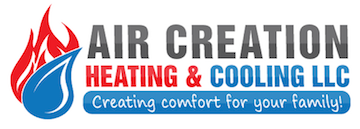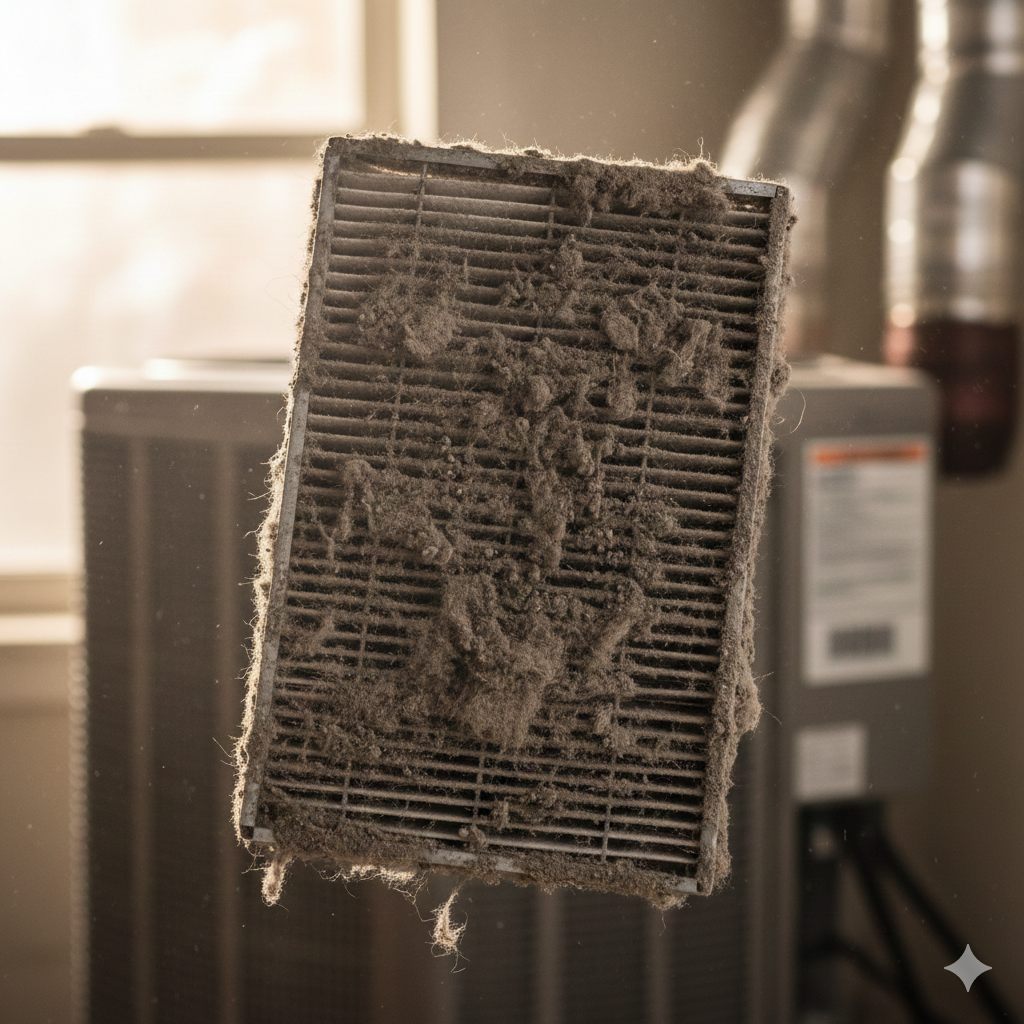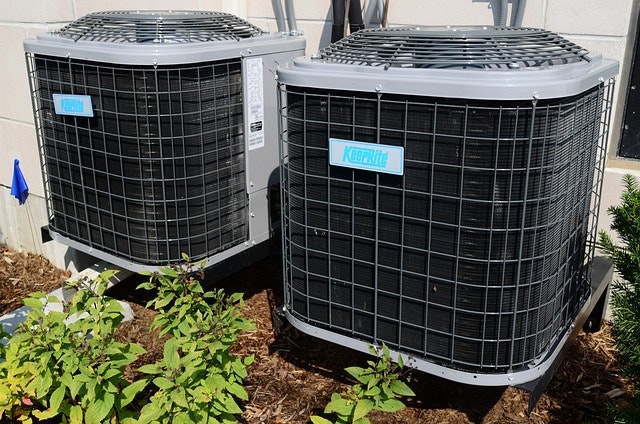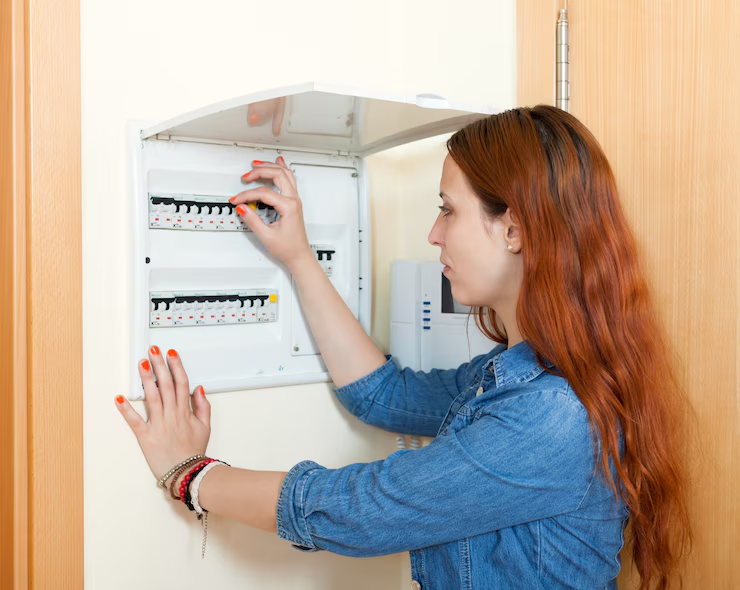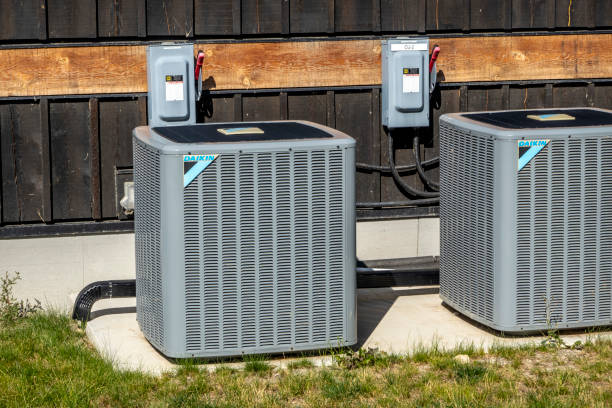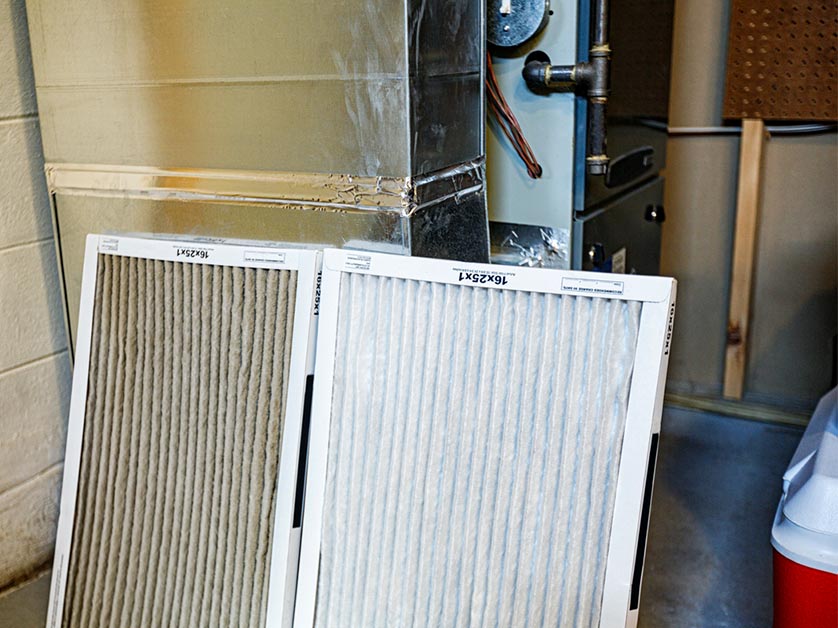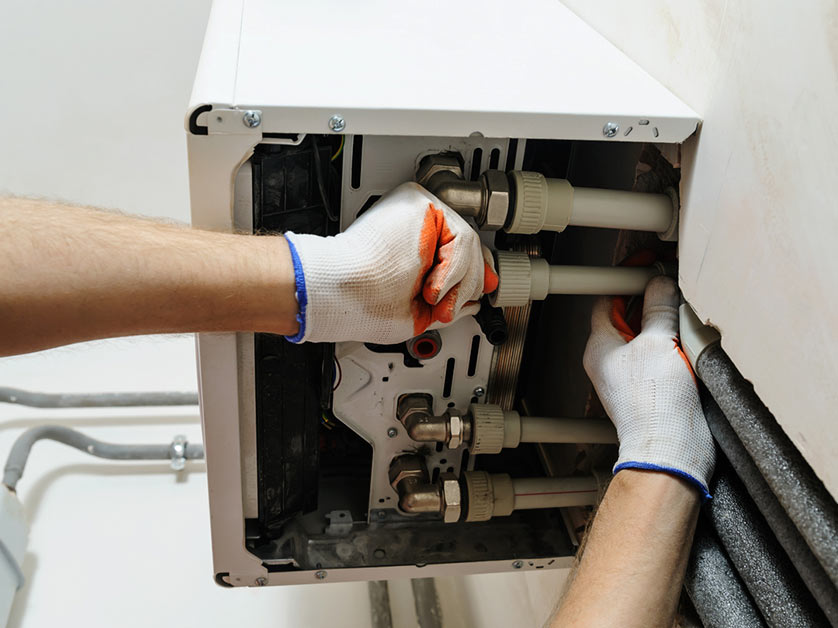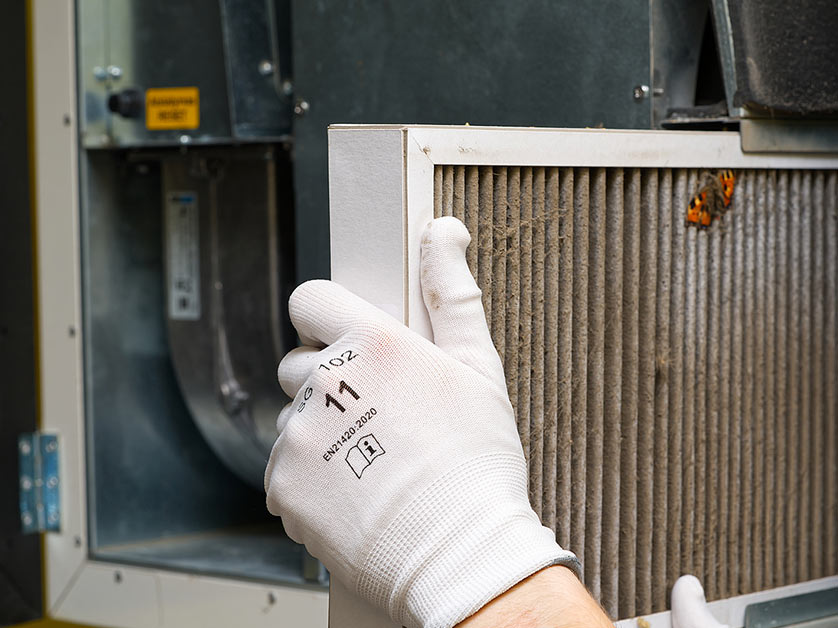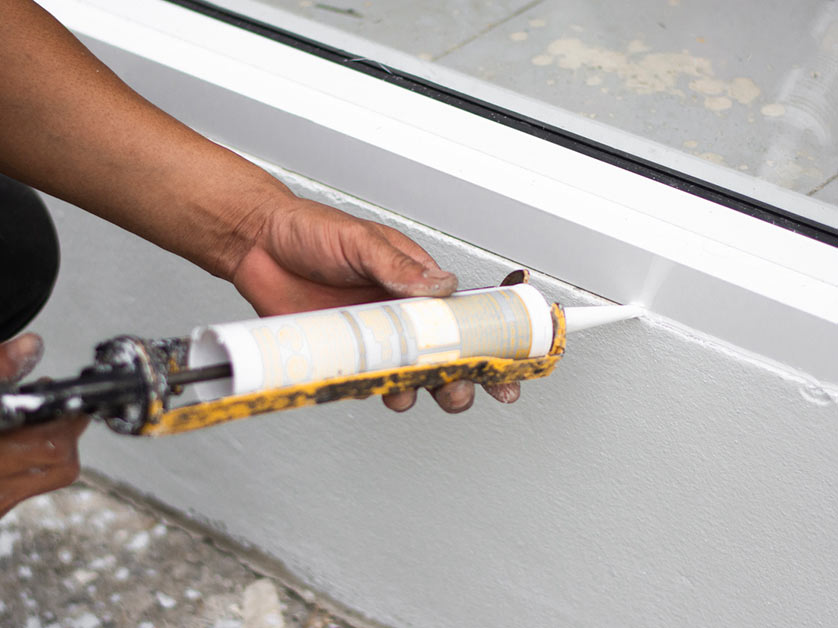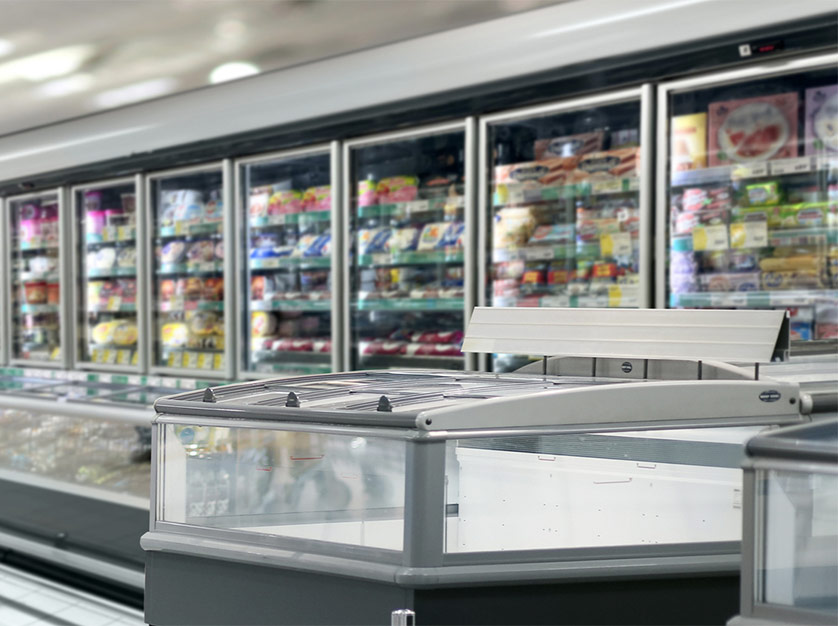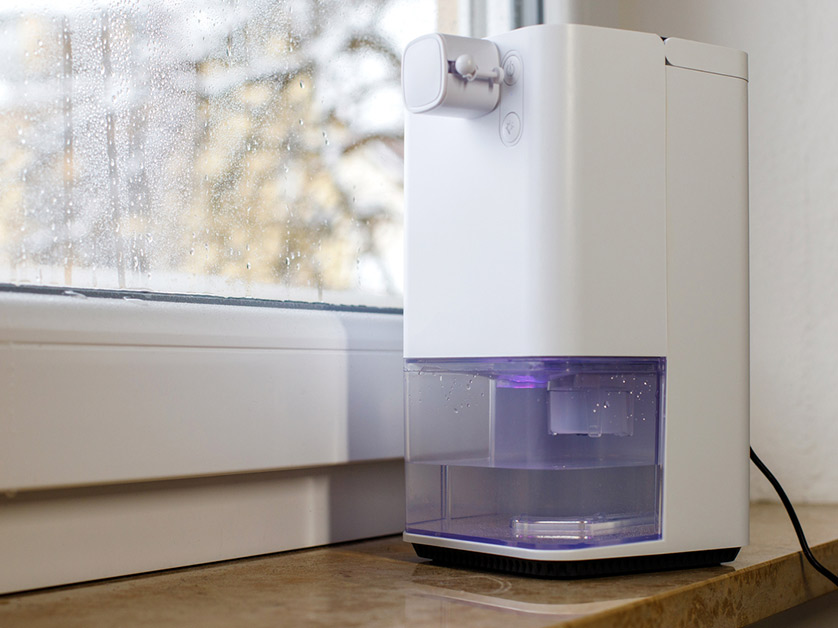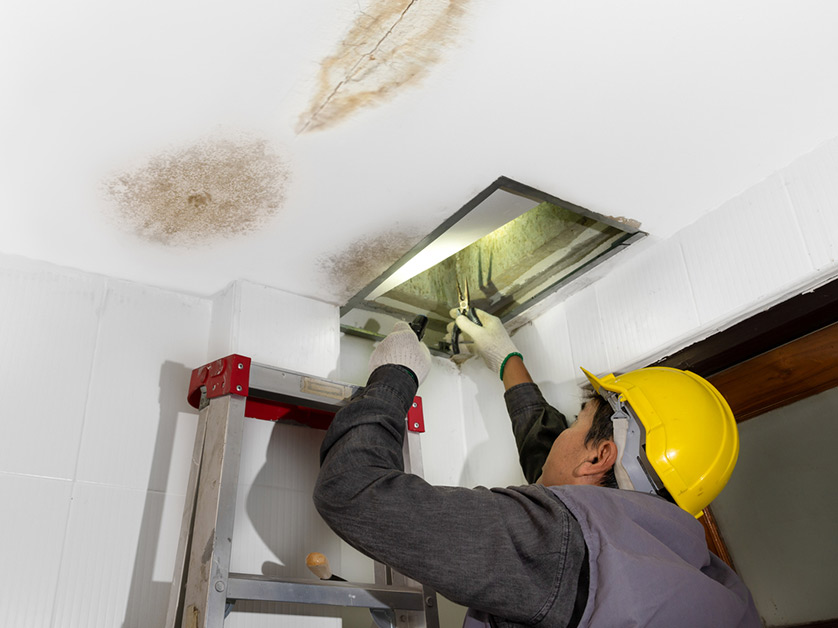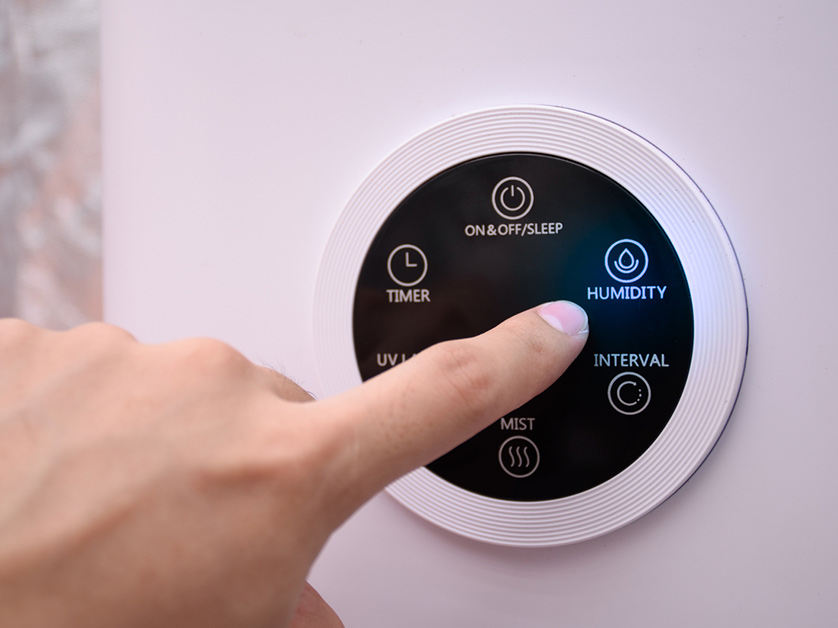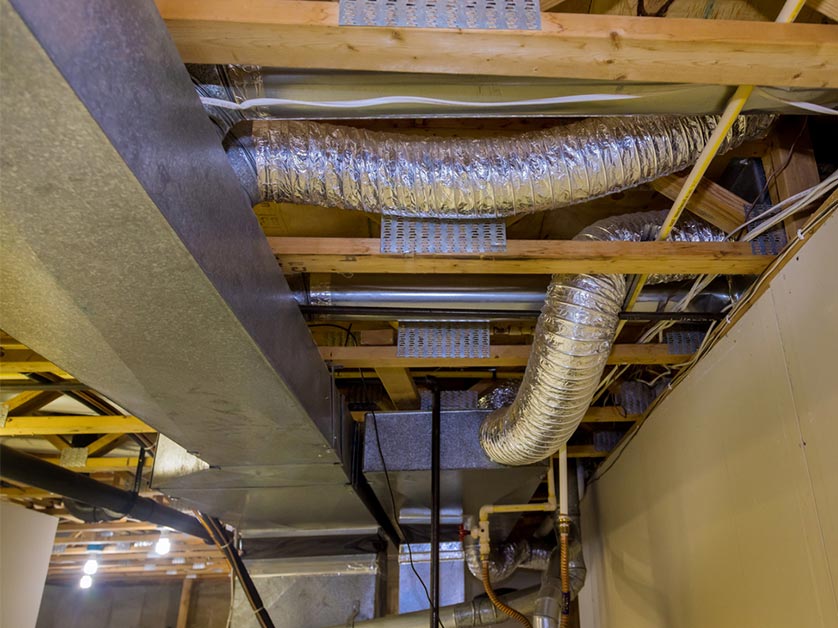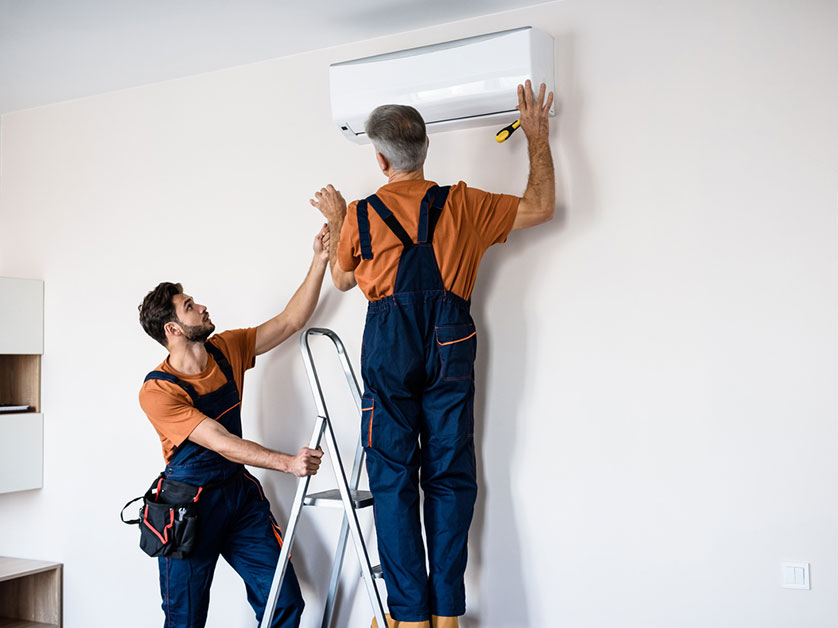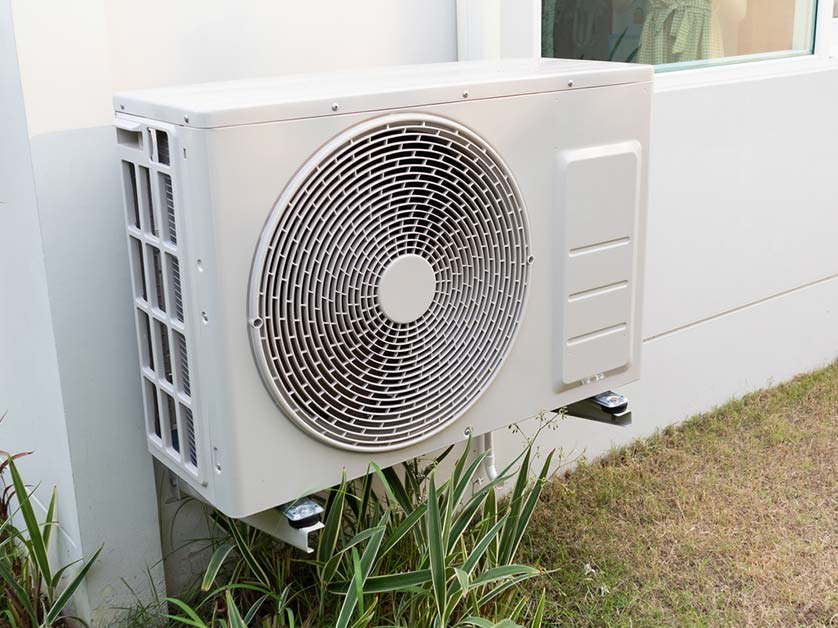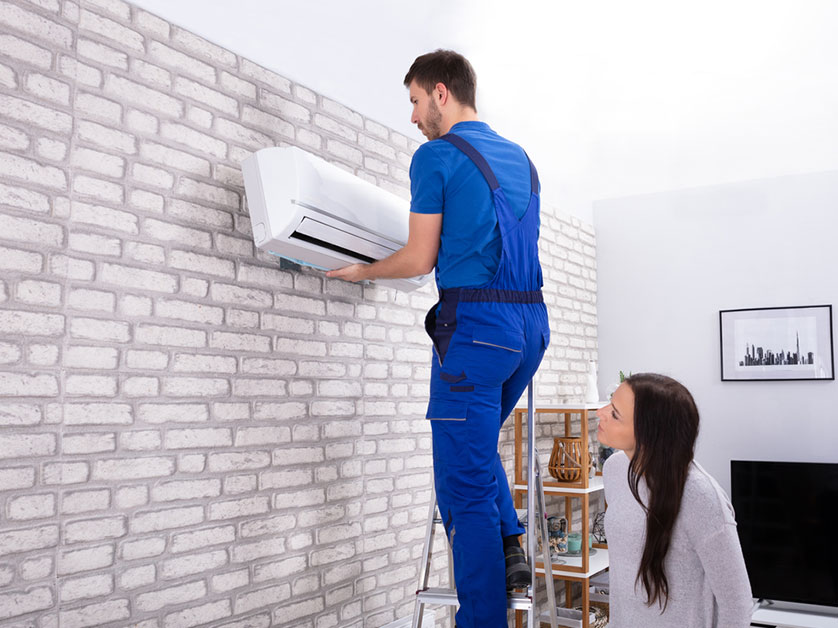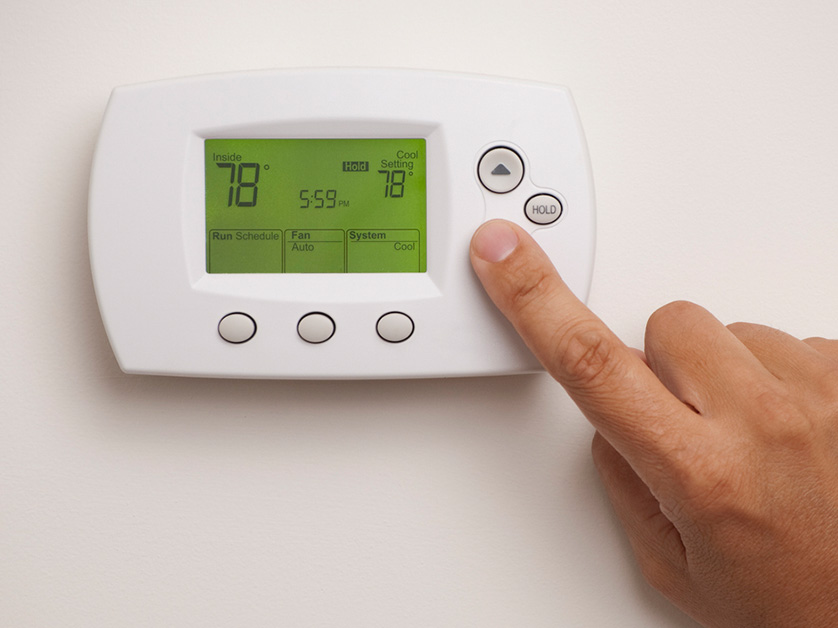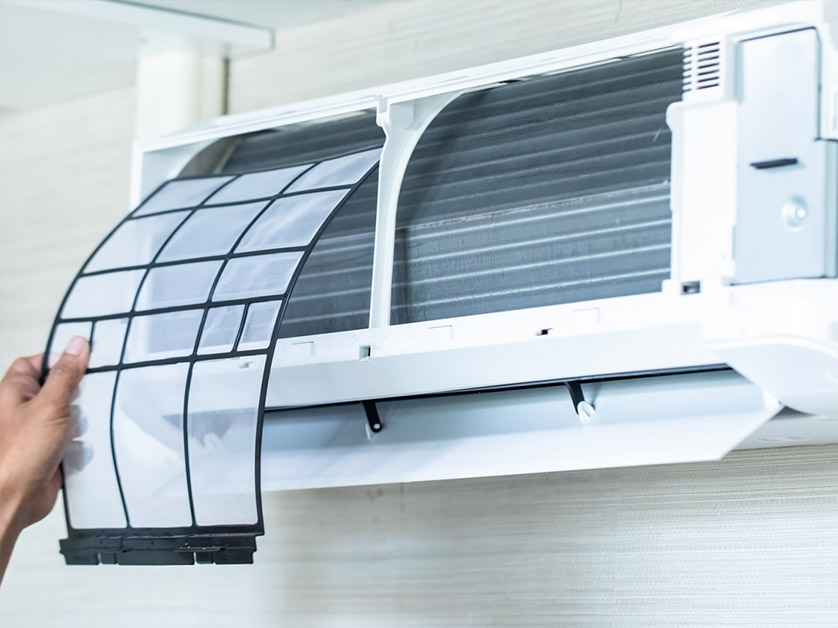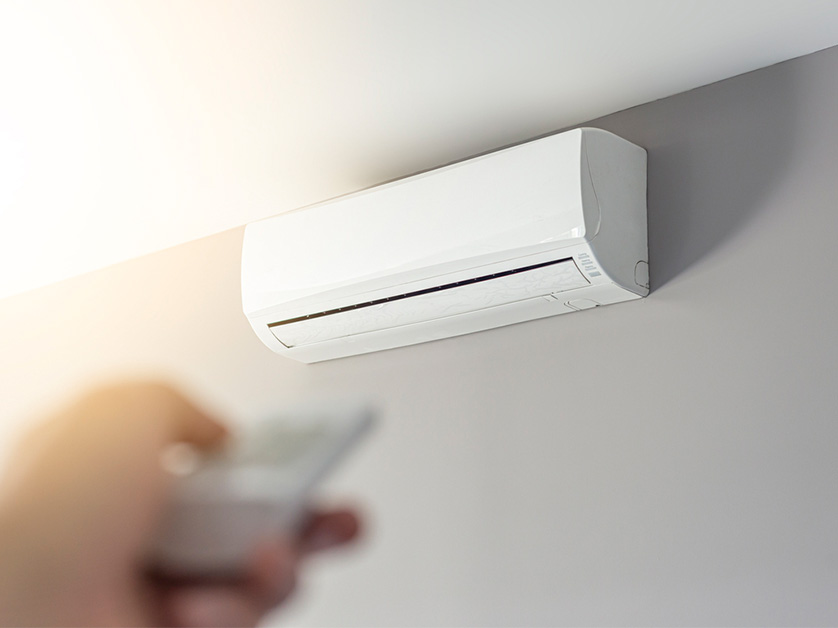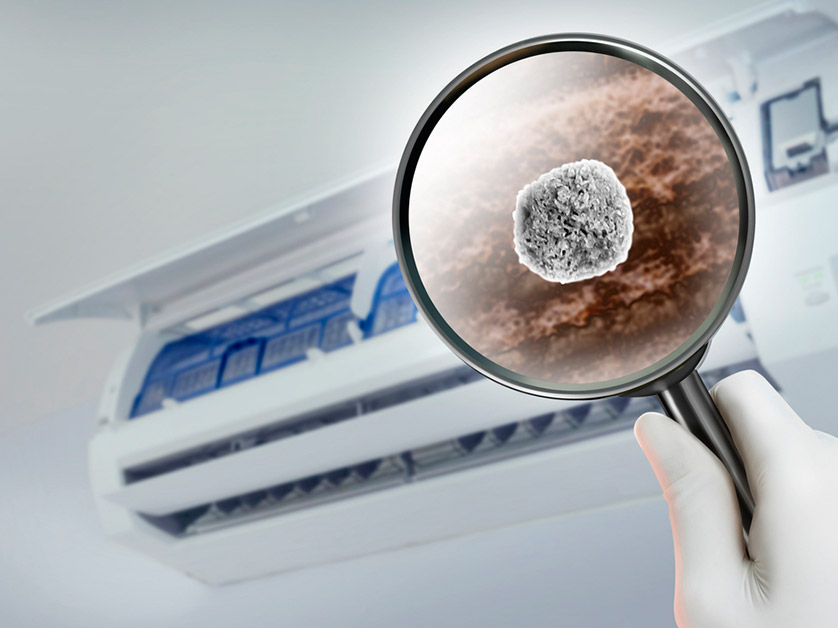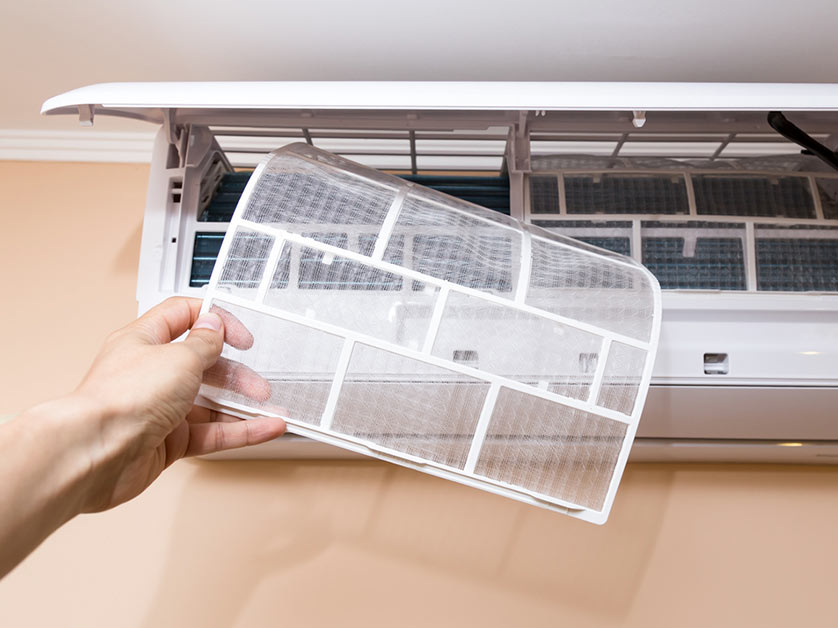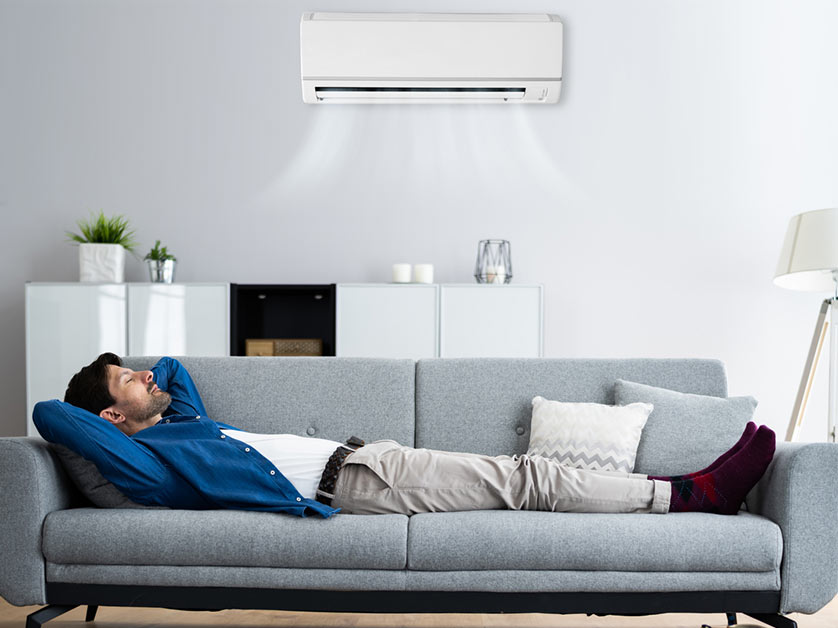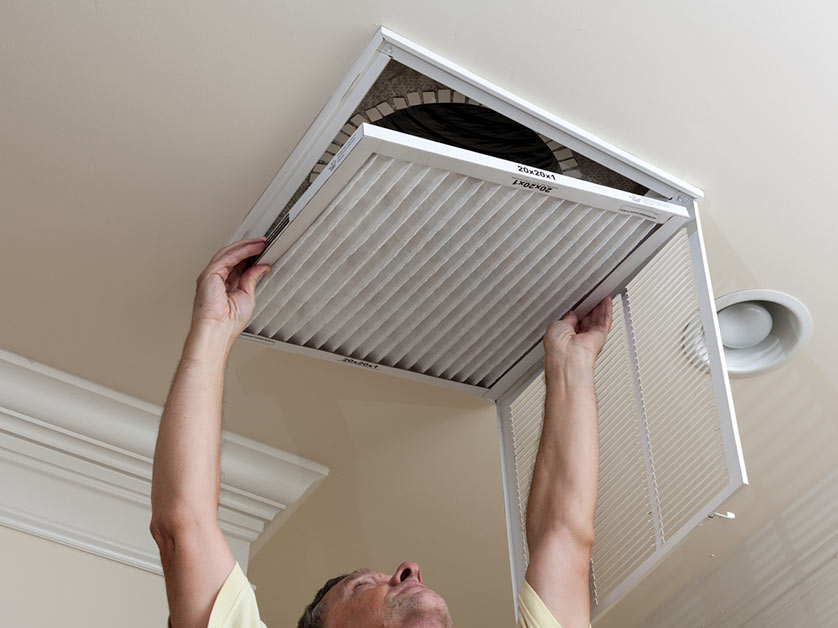Understanding the 2025 Refrigerant Transition
The HVAC landscape is set for a significant transformation as new EPA regulations mandate the switch to eco-friendly refrigerants beginning January 1, 2025. This initiative aims to lower the global warming potential (GWP) of refrigerants, moving away from R-410A in favor of greener options like R-454B and R-32. Embracing this change underscores a collective global effort to combat climate change and enhance energy efficiency. Notably, R-454B and R-32 feature significantly lower GWP values, strengthening the environmental case for this shift.
Financial Considerations for Homeowners
For homeowners, this transition implies potential cost implications. The current average cost of replacing an HVAC system is around $7,000, but expenses could surge by up to 30% due to revised designs and safety protocols. To navigate these future costs, homeowners should consider maintaining their existing systems meticulously, while also budgeting strategically for eventual replacements.
The Role of Maintenance
Proactive maintenance emerges as a crucial step for homeowners. While immediate upgrades may not be essential if systems remain operational, routine checkups can prolong unit lifespan and forestall costly repairs or replacements. Moreover, as parts for R-410A systems become increasingly scarce, regular maintenance becomes invaluable in preserving system efficiency.
Embracing Long-Term Benefits
Committing to systems that utilize newer refrigerants offers dual advantages: supporting environmental objectives and future-proofing home climates. Transitioning early to these systems can save homeowners money and avert future hassle, as older parts and refrigerants will become less available and pricier.
Though the refrigerant changes in 2025 may initially seem challenging, they signify an essential step towards a sustainable future. If homeowners have concerns about how these changes might affect their system, scheduling a professional HVAC checkup is advisable. Our experts can provide an assessment of current systems and guide future upgrades, ensuring homes remain comfortably climate-controlled and energy-efficient amid these upcoming changes.
